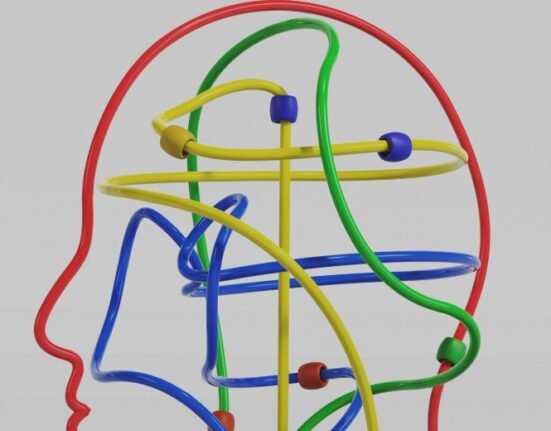By Aparna S
April 3, 2024: Over the last decade and until 2022 about one-third of India’s 1.4 billion people have become city dwellers —and that brings concerns about mental health.
First, the good news. Urbanization allows a personal space for its city residents far from a self-confined community.
Urbanites experience a better quality of life in terms of infrastructure such as healthcare, transportation, access to basic facilities — power and water — education and jobs.
The bad news is that the facts on the ground paint a different picture. Studies reveal mental health issues in cities are almost double as compared to their rural counterparts.
The higher prevalence of depression and anxiety disorders in an urban population lead to a situation where despite so many people living in the city, most of them find themselves lonely.
Community contribution
Mental health is a state of well-being in which every individual realises his or her potential, can cope with the normal stresses of life, work productively and fruitfully, and can make a contribution to her or his community, according to the World Health Organization.
The WHO definition of mental health could just as easily fit as the definition of a sustainable and thriving city. To get there, there should be effective interventions to promote good mental health through prevention and treatment.
One needs to support a person’s mental illness. Mental health can affect one’s productivity and contributions to society.
Other than this direct impact, mental health issues also inculcate a huge burden in terms of disability costs, care expenses, physical morbidity and mortality.
Cities have a very high, heterogenous population driven by the economic and socio-cultural growth it offers. These demographic figures do not define the living experience of an urban setup, which has its pros and cons.
A new outlook
Urban design has positive and negative effects. An urban setting where a lot of people from different cultural, religious and social backgrounds come together, gives room for a new outlook, and improves one as a person.
It has a positive impact on mental health by promoting healthy social interactions. A friendly neighbourhood can act as a support system for those with existing mental health issues.
Coined by American social scientist Stanley Milgram, the term “ overload” refers to a psychological state where the environment is so mentally arousing that it goes, to the point of “emotional drain.”
Many factors like crowding, insufficient living space, noise, dirty premises and pollution cause this. The resultant change in human behaviour is characterised by poor concentration, sense of loneliness, depression, neglecting responsibilities, physical symptoms like headache and general fatigue.
Due to overload, people tend to withdraw from situations of high stimulation, which further diminishes the chances of social interaction, leading to a vicious cycle of events.
Inability to cope
Any environment is demanding on its inhabitants, of which the unwanted ones are naturally inhibited. When there is a continuous influx of sensory demands, this inhibition reflex gives way and one cannot cope.
This is particularly true in an urban environment, where the demands are overwhelming. The ‘inability to cope’ sets in an irregularity in dopamine, the neurotransmitter that deals with stimuli and responses to them.
The behaviour triggered by an erratically functioning dopamine is what is termed “psychotic” or schizophrenia symptoms.
The Centre for Urban Design and Mental Health suggests a policy brief to consider while designing a “sane city.” This can be summarised by ‘GAPS’- Green places, Active places, Pro-social places, Safe places. The positive impact of a “ green city” on its residents’ well-being goes without saying. The presence of green spaces in a natural setting around one’s neighbourhood improves both physical and mental health.
Mental well-being
Active places: Scheduled physical activity and exercises not only maintain physical fitness, they encourage social interactions and a sense of regularity and routine.
Pro-social places: Spaces that facilitate healthy, active social interactions inclusive of all strata of the society. These public places should be interesting and flexible at the same time.
Safe places: Spaces that ensure a sense of safety and security apart from the dangers posed by traffic, pollution and environmental overstimulation. Properly lit streets, landmarks and surveillance systems among others should be a part of the design.
The mental well-being of its inhabitants should be consciously kept in mind while designing any sustainable city.
Policymaking and planning should be inclusive, safe and flexible. The “sanity” of a city is the well-being of its residents, and it is time we focus on achieving it.
“City life is millions of people being lonesome together,” said Henry David Thoreau, an American poet and philosopher.








